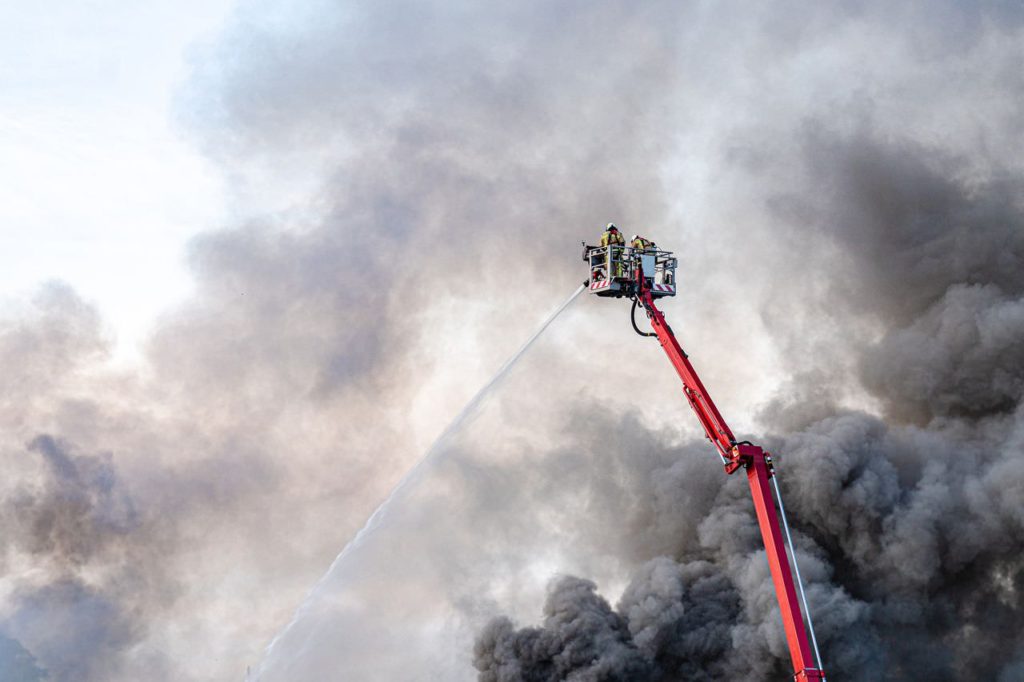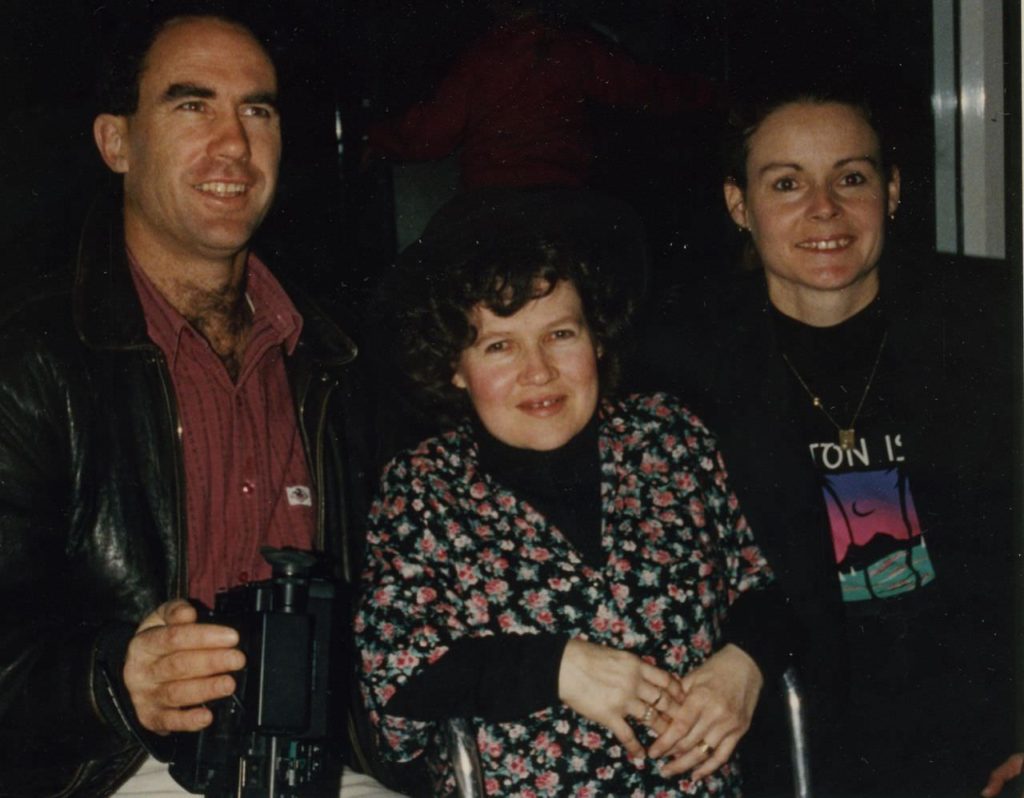
What words come to mind when you read the following list: earthquakes, floods, hurricanes, tornados, tsunamis, volcanoes, wildfires, winter storms? I think of danger, death, and destruction. But on April 30, National PrepareAthon! Day, we can plan so that death is not a consequence of any of these disasters.
Thankfully we don’t have to plan for every kind of disaster where we live. But we do need to be aware of, and ready for, potential hazards in our locale. The first step is to be informed when disaster is imminent. Signing up for emergency phone alerts gives us life-saving information targeted to our area.
Want to subscribe to receive blog updates sign up today!
This emergency alert system will also broadcast on TV and radio. But a battery-powered or hand crank radio and a NOAA Weather Radio with tone alert are essential when the power goes out.
Safety should drive our decision whether to shelter in place or evacuate. Follow advice of emergency management officials on this one. For example, if your home is built to withstand hurricane force winds, it’s okay to hunker down behind shuttered windows. But don’t wait until the last minute to ask someone for help with your shutters. They’ll be too busy with their own place and you’ll be left blowing in the wind.
If your home can’t be made safe, decide whether you’ll evacuate to family or friends in a safe area or go to a general population shelter. Check in advance which one works for your disability and plan how you’ll get there. Do you have enough gas in the car? If you don’t have a vehicle and need accessible transportation to a shelter, make sure you’re on the manifest for a ride in an emergency. If you have medical equipment that requires electricity and you don’t have a generator at home, plan on going to a special needs shelter where you can stay connected to a power source. Find out if pre-registration is required. Those dependent on dialysis or other life-sustaining treatment need to find out where they should go.
If evacuation is ordered, learn the evacuation routes. Safeguard important and valuable papers, including model numbers and providers of assistive technologies so it can be replaced if lost or destroyed. Withdraw some cash.
Update your emergency supply kit, both at home and in the car, that includes water, nonperishable people and animal food, first aid supplies, and Bible. This is critical for survival if you lose power or get stranded in your car.
If separated from family during an emergency, know how you’ll contact one another afterwards. Establish a family meeting place that’s easy to find. Create phone contact lists for family members so you can text them with your location. Help rescue workers reach your loved ones if you’re incapacitated; type “ICE,” the acronym for “in case of emergency,” before a person’s name in your cell phone so they know who to call.
So how far along are you in your emergency planning? Procrastination could be a costly mistake.
This post highlights FEMA guidance at https://www.ready.gov/plan and should be consulted for other important details. Also see Emergency Management. National Council on Disability, accessed April 20, 2021. https://ncd.gov/policy/emergency-management and An ADA Guide for Local Governments. Making Community Emergency Preparedness and Response Programs Accessible to People with Disabilities, accessed April 20, 2021. https://www.ada.gov/emergencyprepguide.htm




